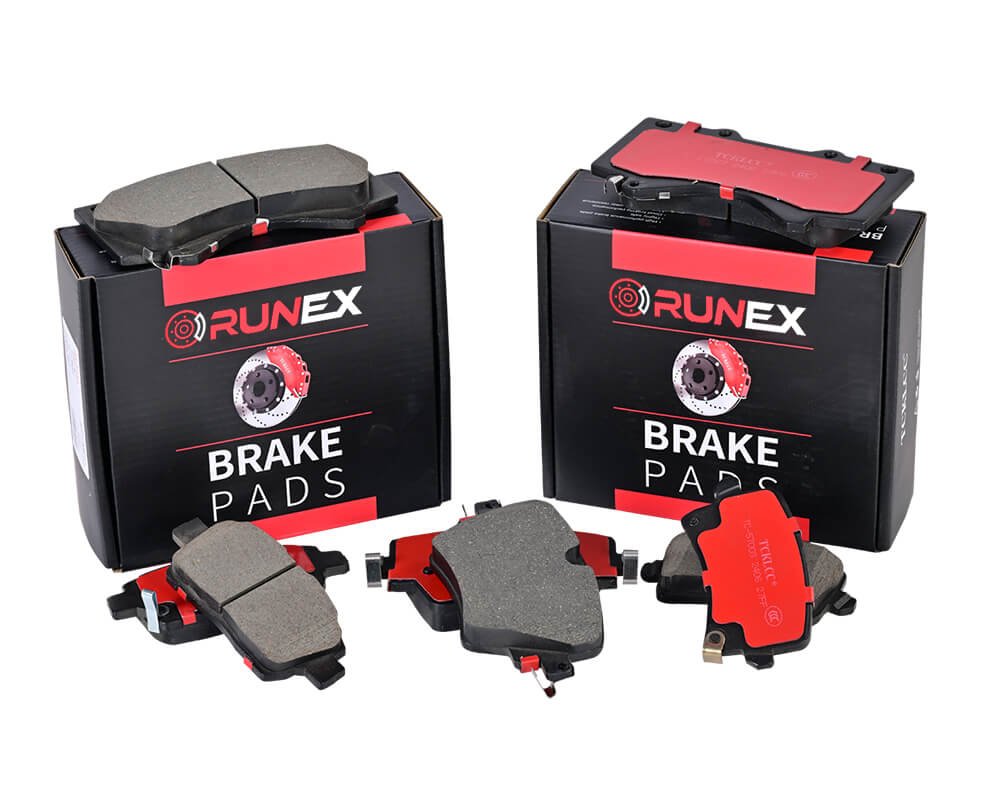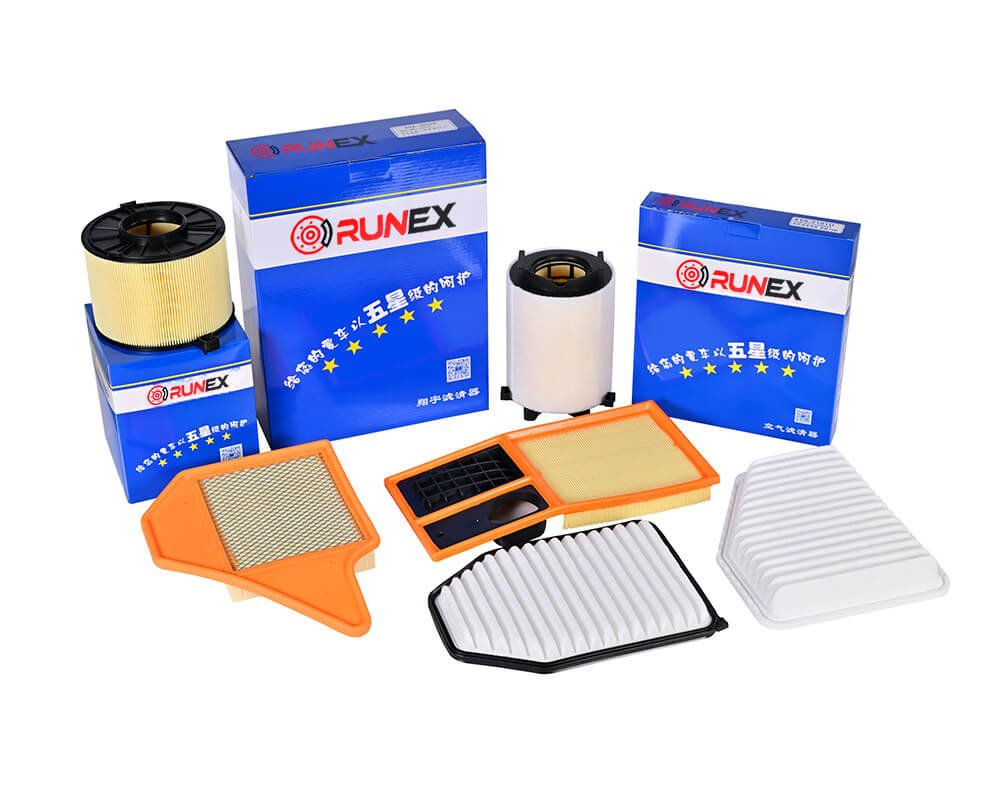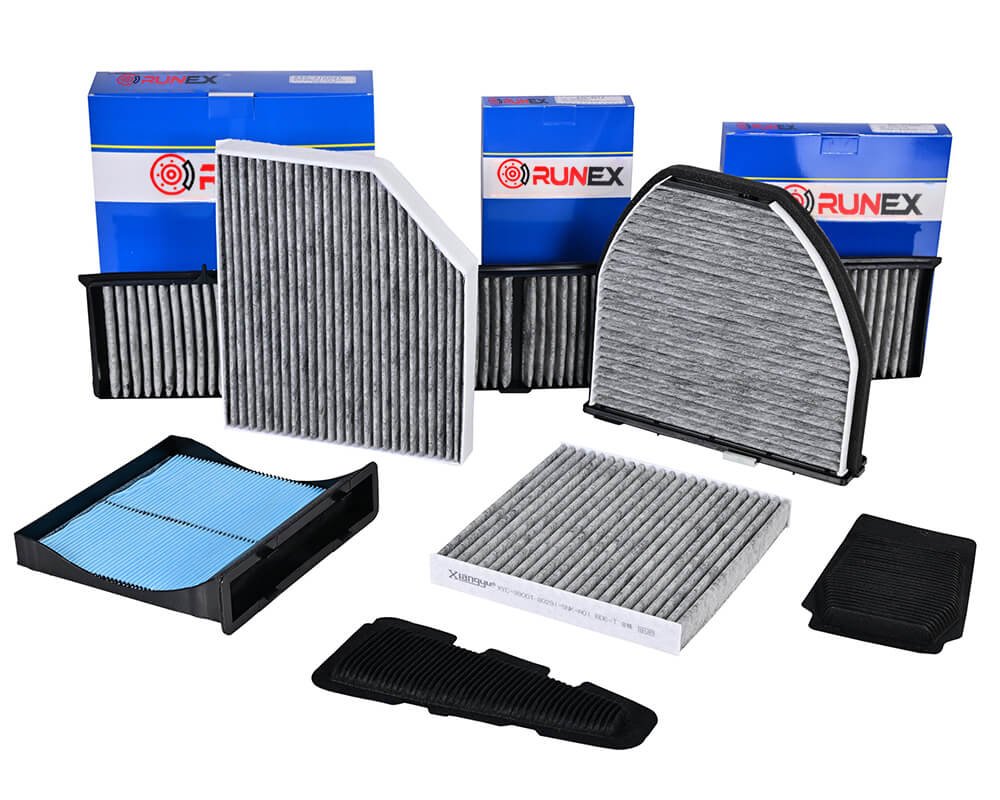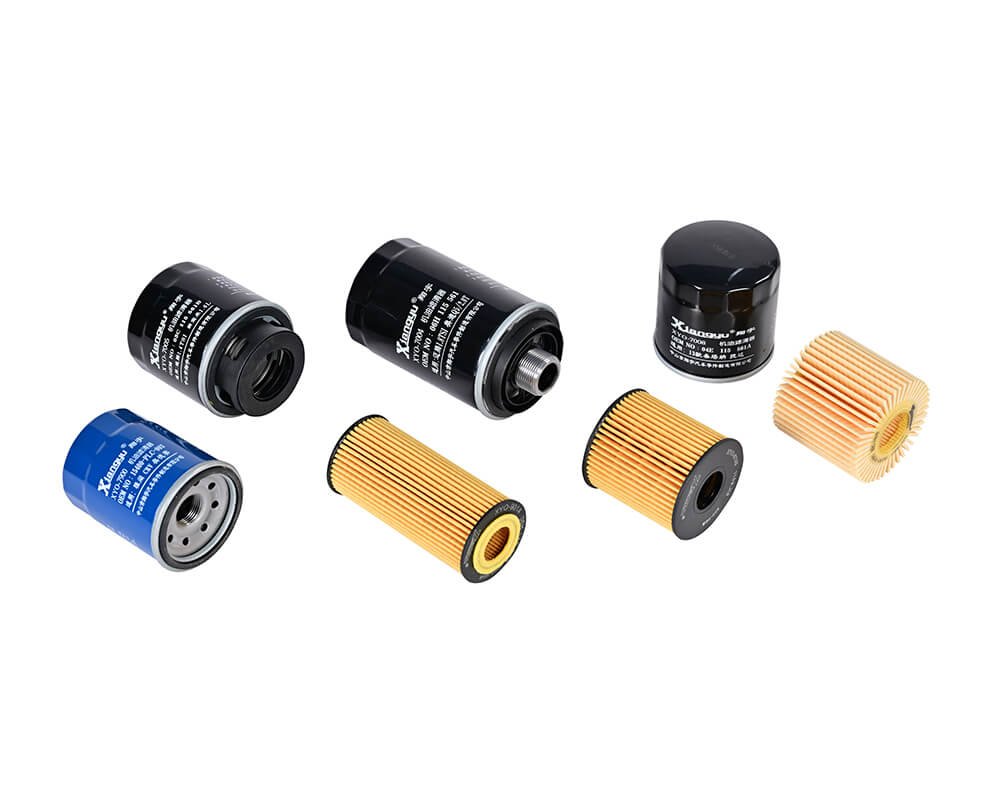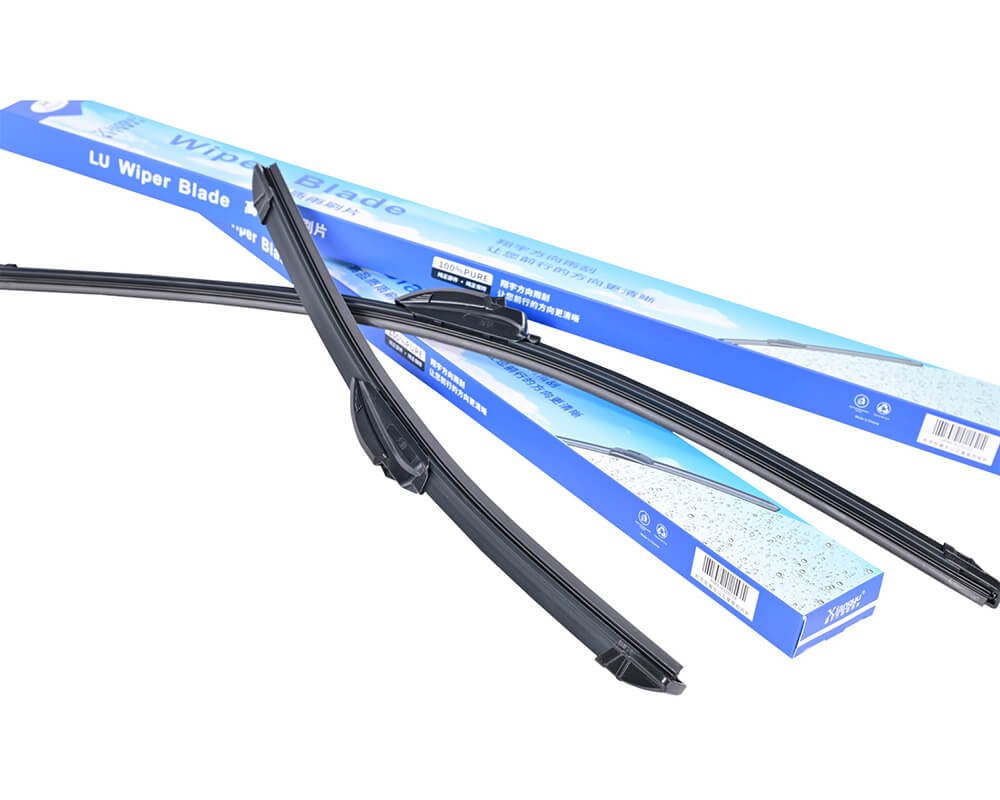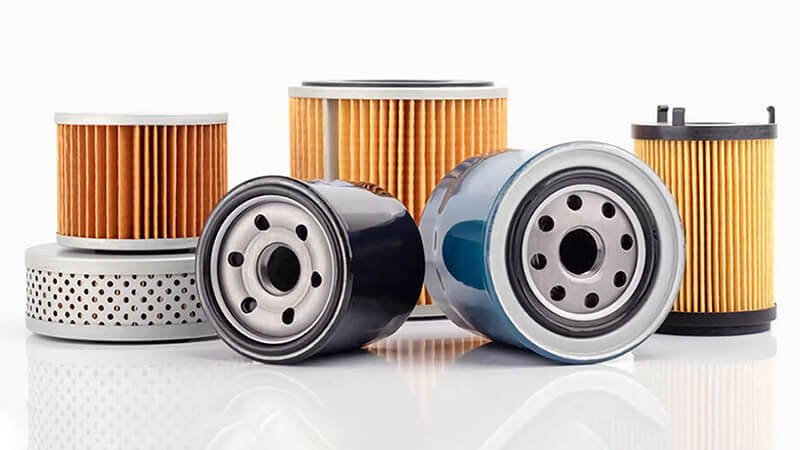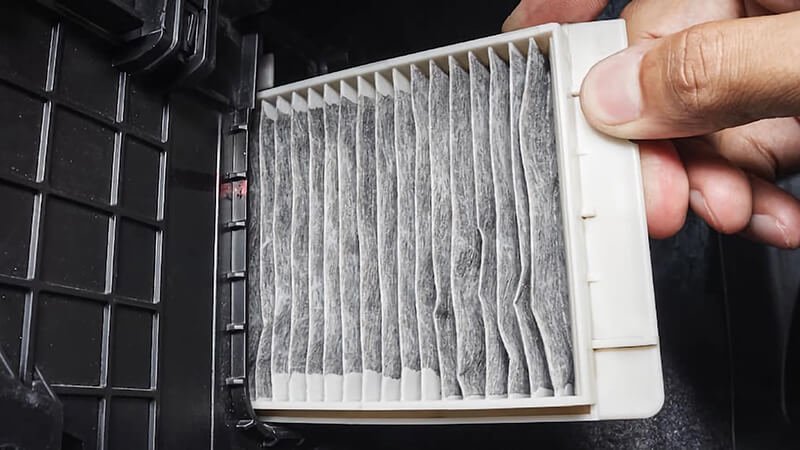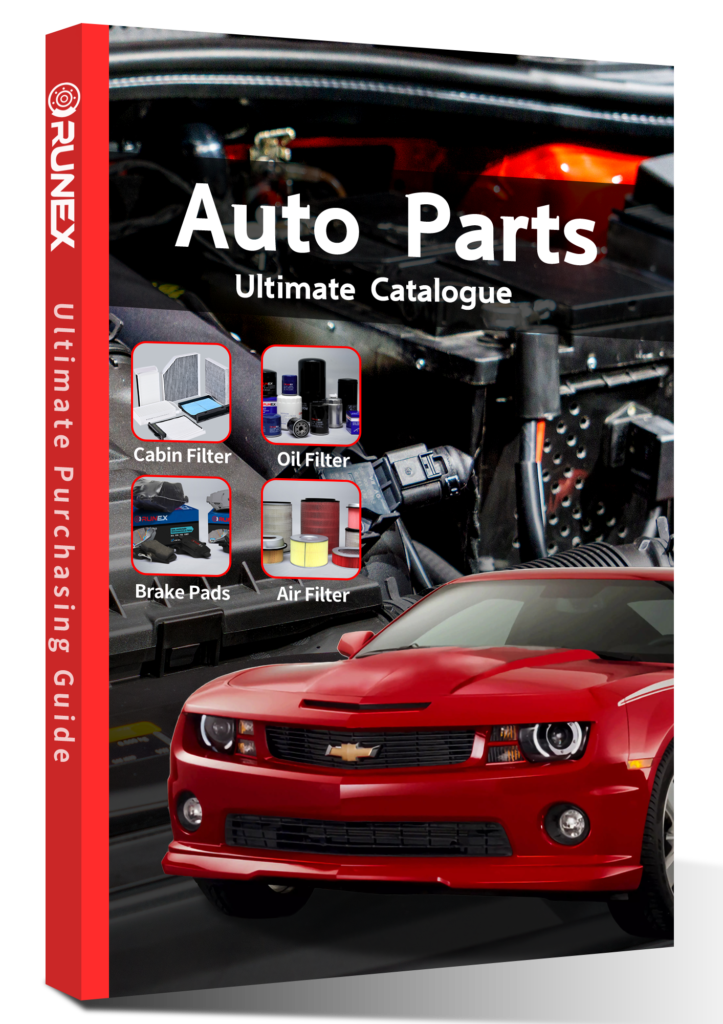When changing your car’s oil filter, you might wonder if it's necessary to prime the filter with oil before installation. This is a common question, and it’s essential to understand how it affects your vehicle’s performance. Let's dive into whether priming the oil filter is necessary or not.
Priming an oil filter before installation is typically not required in most modern vehicles. While some sources recommend it to ensure faster oil pressure buildup, it is not a critical step for most cars. The filter usually fills quickly upon startup, and the engine performs well without pre-filling.
Now that we’ve addressed the basics of whether to prime your oil filter, let’s explore other questions that may arise during the oil filter change process. This will help you better understand the impact of different oil filter maintenance practices.
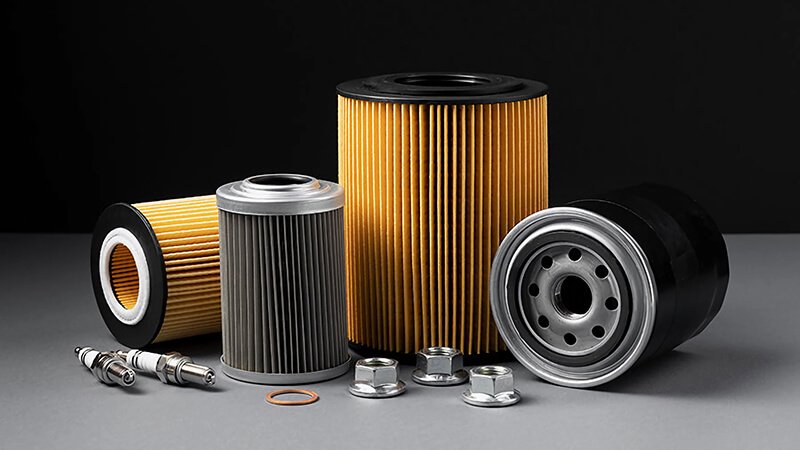
Do I fill oil filter with oil before installing?
Many car owners question whether they should pre-fill their oil filter with oil before installing it. It seems logical to do so, but is it necessary for your engine’s performance? Let's look at what the experts say.
Pre-filling an oil filter is generally not needed for most modern cars. The oil filter will fill with oil quickly after the engine is started, and pre-filling it before installation doesn't significantly impact the performance or longevity of the filter.
Pre-filling the oil filter1 before installation is one of those topics that causes a lot of confusion. The idea is to reduce dry starts and help the engine build oil pressure quickly. However, most modern vehicles don’t require this step. Here’s why:
Oil Filter Design and Modern Engines
Modern oil filters, especially those designed for smaller engines, are made with advanced materials and technology that allow them to fill rapidly once the engine starts. The anti-drainback valve, a key component in many modern filters, ensures that oil stays in the filter even when the engine is off. This prevents air from entering the filter when the engine restarts, which means the filter is ready to work immediately.
The Role of the Oil Pump
The oil pump2 plays a significant role in distributing oil throughout the engine. Once you start the engine, the oil pump pushes oil to the filter, filling it almost instantly. Even if the filter isn’t pre-filled, the oil system in modern cars is designed to circulate oil rapidly once the engine is running, reducing the risk of damage caused by a dry start.
When Should You Consider Pre-Filling the Filter?
In specific cases, such as high-performance or older engines, priming the filter might help to ensure smoother startups. But for the majority of standard vehicles, it’s not necessary. Pre-filling the filter can sometimes even result in overfilling or contamination of the filter with old oil, which could affect the overall filtration.
| Situation | Pre-Filling Necessary? | Reason |
|---|---|---|
| Modern Passenger Vehicles | No | Oil system is designed to fill the filter quickly at startup. |
| High-Performance Engines | Yes | Oil is pushed to the filter faster, ensuring better lubrication. |
| Older Engines | Yes | Older systems may have slower oil circulation. |
| Short Trips or Frequent Stops | No | Minimal impact from oil pressure delay. |

What happens if you don't prime an oil pump?
Not priming your oil pump before starting the engine might sound risky, but how serious is it? Let’s explore the possible consequences of failing to prime your oil pump during an oil change.
Failing to prime an oil pump could cause temporary low oil pressure3, which can lead to engine wear or damage. However, this is usually a short-term issue, as most modern engines quickly build oil pressure once they are started.
Priming the oil pump is a procedure that some car owners and mechanics choose to do, especially when an oil change involves replacing the oil pump. The purpose of priming is to ensure that the oil pump is filled with oil before the engine starts, which prevents the pump from running dry and causing damage.
The Risk of Low Oil Pressure
If the oil pump is not primed, it may not be able to circulate oil immediately when the engine is first started. This can lead to a momentary drop in oil pressure. During this brief period, the engine’s internal components may experience insufficient lubrication, which could lead to wear or, in extreme cases, engine damage. Most modern cars are designed to handle this situation by quickly building up oil pressure once the engine starts, but it’s still best to avoid the risk.
The Role of Modern Oil Systems
Modern oil systems are designed with multiple mechanisms to prevent damage during a dry start. For instance, many engines feature a quick oil circulation system that ensures oil reaches critical engine parts within seconds of startup. Additionally, anti-drainback valves in the oil filter keep oil from draining out of the filter when the engine is off, which helps mitigate dry starts.
When Should You Prime the Oil Pump?
While most modern engines can tolerate short periods without oil pressure, if you're working with older engines, racing engines, or engines with aftermarket modifications, priming the pump is essential. These engines may not have the advanced oil systems found in newer vehicles, and therefore, they are more susceptible to damage caused by dry starts.
| Engine Type | Priming Needed? | Reason |
|---|---|---|
| Modern Engines (2010+) | No | Quick oil circulation and anti-drainback valve. |
| Older Engines (Pre-2000) | Yes | Slower oil circulation systems. |
| Racing Engines | Yes | High-performance engines require instant oil flow. |
| Engines with Aftermarket Mods | Yes | Modifications may affect oil flow and pressure. |

Can I just change my oil filter?
Changing an oil filter is a critical part of regular vehicle maintenance, but is it as simple as just swapping the old one out for a new one? Let’s take a look at the process and the importance of properly installing a new filter.
Changing the oil filter is an essential part of an oil change. However, simply swapping the filter without ensuring proper installation or priming may result in issues such as poor engine performance or low oil pressure.
The oil filter is responsible for removing contaminants from the engine oil4, ensuring that only clean oil circulates through the engine. Replacing the oil filter during an oil change is critical for maintaining engine health, but it must be done properly to avoid any potential problems.
Removing the Old Oil Filter
Before installing a new oil filter5, it's important to remove the old filter carefully. Use a filter wrench to ensure that the old filter is loosened properly. Once removed, check the rubber gasket to ensure that it hasn’t stuck to the engine. If the old gasket is left behind, it could cause leaks when the new filter is installed.
Inspecting the Oil Drain
Before installing the new filter, make sure the oil drain plug is clean and properly sealed. Any contaminants left behind could damage the engine. This also gives you a chance to check the condition of the oil pan and oil drain plug to prevent any future leaks.
Proper Installation of the New Filter
Lubricate the rubber gasket of the new filter with a small amount of clean engine oil. This ensures a tight seal and prevents leaks. Tighten the filter by hand according to the manufacturer’s instructions—over-tightening can cause damage, while under-tightening can lead to leaks.
What Happens If You Don’t Change the Filter?
Not changing the oil filter during an oil change can lead to several problems. Old filters can clog up, which reduces their efficiency in trapping contaminants. This leads to dirt and debris circulating in the engine, which can cause premature wear on internal components. A clogged filter6 can also cause oil starvation, leading to engine damage.
| Step | What Could Go Wrong |
|---|---|
| Removing Old Filter | Old gasket left behind causing leaks. |
| Installing New Filter | Leaks due to improper sealing or over-tightening. |
| Not Changing Filter | Contaminants not filtered, oil circulation issues. |
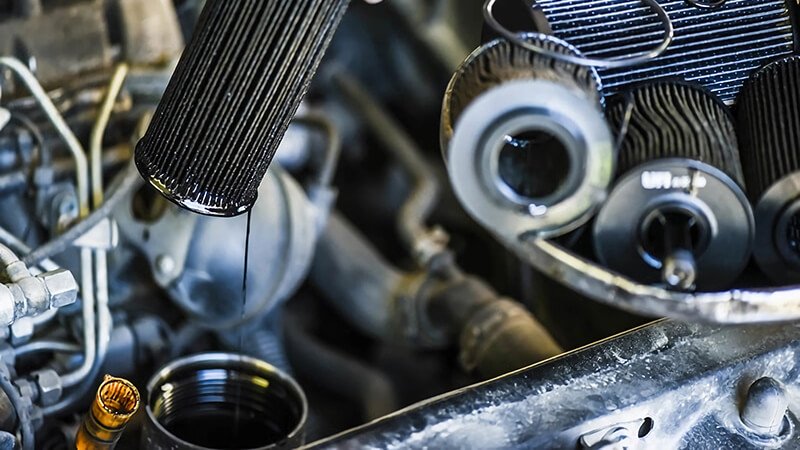
How should a new oil filter be prepared before installation?
Preparing a new oil filter before installation can make a difference in engine performance and ensure proper function. So, how exactly should a new oil filter be prepared before you install it?
Before installing a new oil filter, lubricate the rubber gasket with a small amount of clean oil to ensure a proper seal. Additionally, check the filter for any damage and ensure it fits your vehicle’s specifications.
Proper preparation of the oil filter is essential for ensuring that it functions correctly and does not cause any issues after installation. Here’s how to prepare a new oil filter:
Lubricate the Gasket7
One of the most important steps is lubricating the rubber gasket of the new filter with a small amount of clean oil. This helps the filter form a tight seal and prevents leaks. It’s a simple step that can go a long way in maintaining the integrity of your oil system.
Inspect the Filter8
Before installation, always inspect the new filter for any signs of damage or defects. Even though new filters are usually well-made, it's possible for a defect to slip through. If the filter shows any signs of damage, it’s better to replace it rather than risk using a faulty part.
Ensure Proper Fit9
Make sure the filter fits your vehicle’s specifications. If the filter is not compatible with your vehicle, it may not provide proper filtration, which could lead to engine damage. Refer to the manufacturer’s recommendations for the right filter type.
Install Correctly
Once the filter is prepared, it should be installed according to the manufacturer's instructions. Tighten it by hand to avoid over-tightening, which could damage the gasket or cause leaks.
| Preparation Step | Importance |
|---|---|
| Lubricate Gasket | Ensures tight seal and prevents leaks. |
| Inspect Filter for Damage | Prevents using a defective part that could cause issues. |
| Ensure Compatibility | Avoids improper filtration and engine damage. |
| Install Correctly | Prevents over-tightening and leaks. |
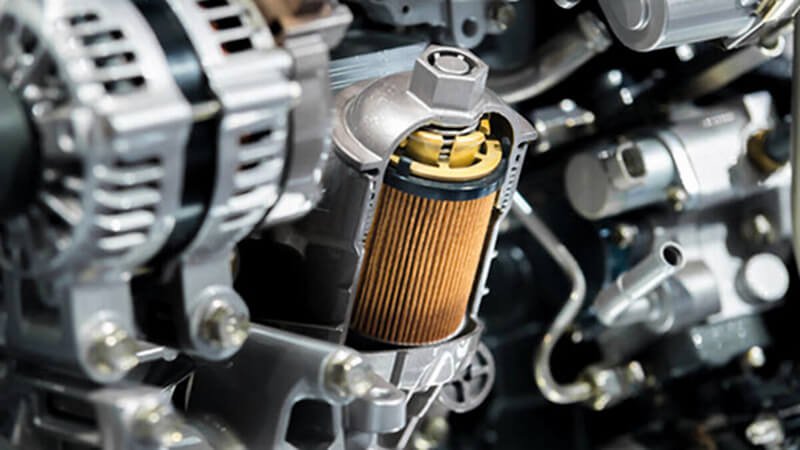
Conclusion
In conclusion, priming the oil filter10 before installation is generally not necessary for most vehicles. While it can be beneficial in certain cases, such as high-performance engines or older cars, modern vehicles usually handle the oil flow without issue. By following the proper steps for oil filter preparation and installation, you can ensure optimal performance and longevity of your engine.
-
Understanding the role of the oil filter can enhance your knowledge of engine maintenance and performance. ↩
-
Learning about the oil pump's function can help you appreciate its critical role in engine health and efficiency. ↩
-
Learn about the serious implications of low oil pressure and how it affects engine performance and longevity. This resource provides essential information. ↩
-
Learn how clean engine oil contributes to the longevity and efficiency of your vehicle's engine. ↩
-
Understanding the role of the oil filter can help you maintain your engine's health and performance effectively. ↩
-
Discover the potential risks of ignoring a clogged oil filter and how it can impact your engine's health. ↩
-
Understanding the significance of lubricating the gasket can help prevent leaks and ensure a proper seal, enhancing your oil filter's performance. ↩
-
Learning how to inspect an oil filter can save you from using a defective part, ensuring your engine runs smoothly and efficiently. ↩
-
Ensuring the right fit for your oil filter is crucial to avoid engine damage and maintain optimal filtration, which is vital for engine health. ↩
-
Runex has different kinds of oil filter for your choice, come to get your best products. ↩



